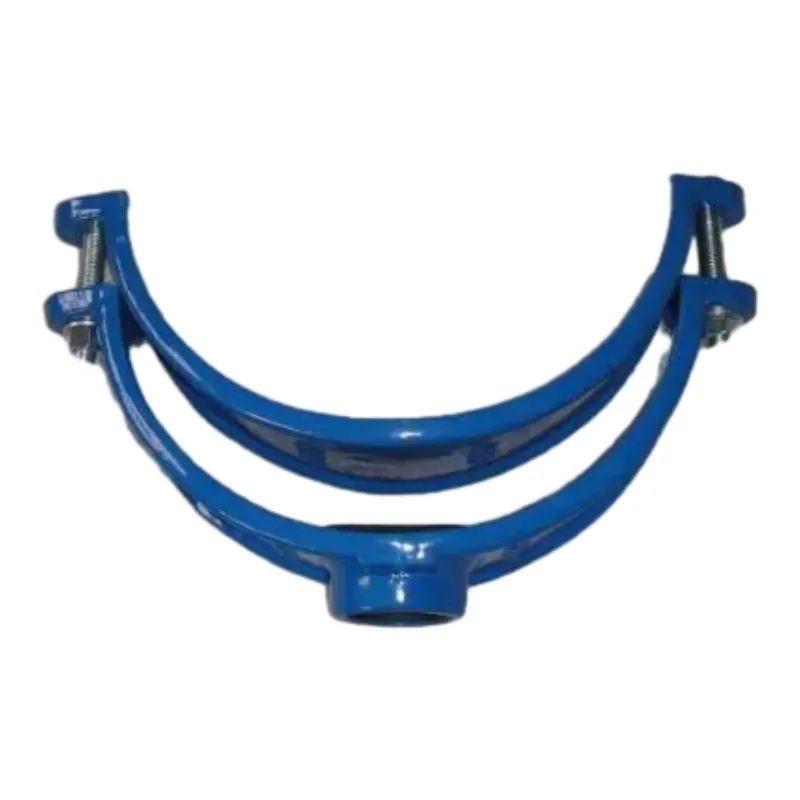k12 bollards
Understanding K12 Bollards A Comprehensive Overview
In today's modern landscape, the safety and security of public spaces are of paramount importance. Among the various security solutions available, K12 bollards have emerged as a crucial element for protecting buildings, pedestrians, and vehicles. But what exactly are K12 bollards, and why are they becoming increasingly significant in urban infrastructure and design? This article aims to shed light on the characteristics, benefits, and applications of K12 bollards.
What are K12 Bollards?
K12 bollards are upright posts that are specifically designed to absorb the impact from vehicles, preventing unauthorized access to secure areas. These bollards meet stringent testing standards defined by the U.S. Department of State’s Pentagon Force Protection Agency (PFPA) under the K12 rating. The K12 rating indicates that a bollard can withstand an impact from a 15,000-pound (approximately 6,800 kg) vehicle traveling at a speed of 50 miles per hour (80 km/h) without allowing the vehicle to penetrate the secured area. This level of protection is invaluable for critical infrastructures such as government buildings, military bases, airports, and other high-security locations.
Importance of K12 Bollards
The increasing threats of terrorism and vehicle-related attacks have heightened the need for effective security measures in public spaces. K12 bollards serve a dual purpose they enhance security while also maintaining the aesthetic appeal of urban environments. They prevent unauthorized vehicle access while allowing pedestrians unrestricted movement, creating a safer environment for everyone.
In urban areas, K12 bollards can significantly reduce the risk of vehicular accidents, thereby protecting both pedestrians and cyclists. With an increasing number of pedestrians in cities, the demand for effective traffic management solutions has never been higher. K12-rated bollards offer a robust solution to both enhance security and improve pedestrian safety.
Types of K12 Bollards
There are several types of K12 bollards, each designed for specific applications
k12 bollards

1. Fixed Bollards These are permanently installed in the ground and provide a solid barrier against vehicular penetration. They are ideal for protecting storefronts, building entrances, and high-security facilities.
2. Retractable Bollards These bollards can be raised or lowered as needed, allowing for vehicle access when necessary while providing security at other times. They are especially useful in areas where access needs to be controlled periodically.
3. Removable Bollards Similar to fixed bollards, removable bollards can be taken out temporarily for special events. They offer flexibility while ensuring security when in place.
4. Smart Bollards With advancements in technology, some K12 bollards come equipped with sensors and communication capabilities that can provide real-time data on traffic flow and security breaches.
Installation and Maintenance
The installation of K12 bollards requires careful planning and adherence to local regulations. Professionals should evaluate the specific site conditions to determine the best approaches for installation to ensure maximum effectiveness.
Moreover, regular maintenance is critical in ensuring the longevity and functionality of these bollards. This includes checking for physical damage, ensuring they remain upright, and verifying any technological features in smart bollards are operational.
Conclusion
In conclusion, K12 bollards represent a vital component in the safety infrastructure of modern cities. As urban areas continue to expand and evolve, the need for reliable and effective security solutions becomes increasingly critical. By offering top-tier protection against vehicular threats, while also enhancing pedestrian safety, K12 bollards are not just barriers—they are essential to creating secure, vibrant, and accessible public spaces. As cities continue to innovate and adapt to new challenges, K12 bollards will undoubtedly play a pivotal role in shaping the future of urban security design.
-
The Smarter Choice for Pedestrian AreasNewsJun.30,2025
-
The Gold Standard in Round Drain CoversNewsJun.30,2025
-
The Gold Standard in Manhole Cover SystemsNewsJun.30,2025
-
Superior Drainage Solutions with Premium Gully GratesNewsJun.30,2025
-
Superior Drainage Solutions for Global InfrastructureNewsJun.30,2025
-
Square Manhole Solutions for Modern InfrastructureNewsJun.30,2025
-
Premium Manhole Covers for Modern InfrastructureNewsJun.30,2025
